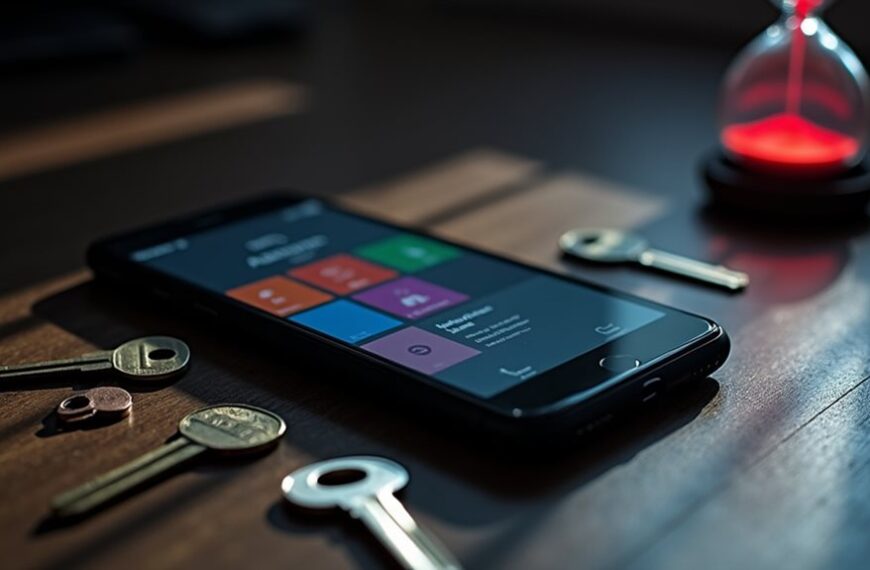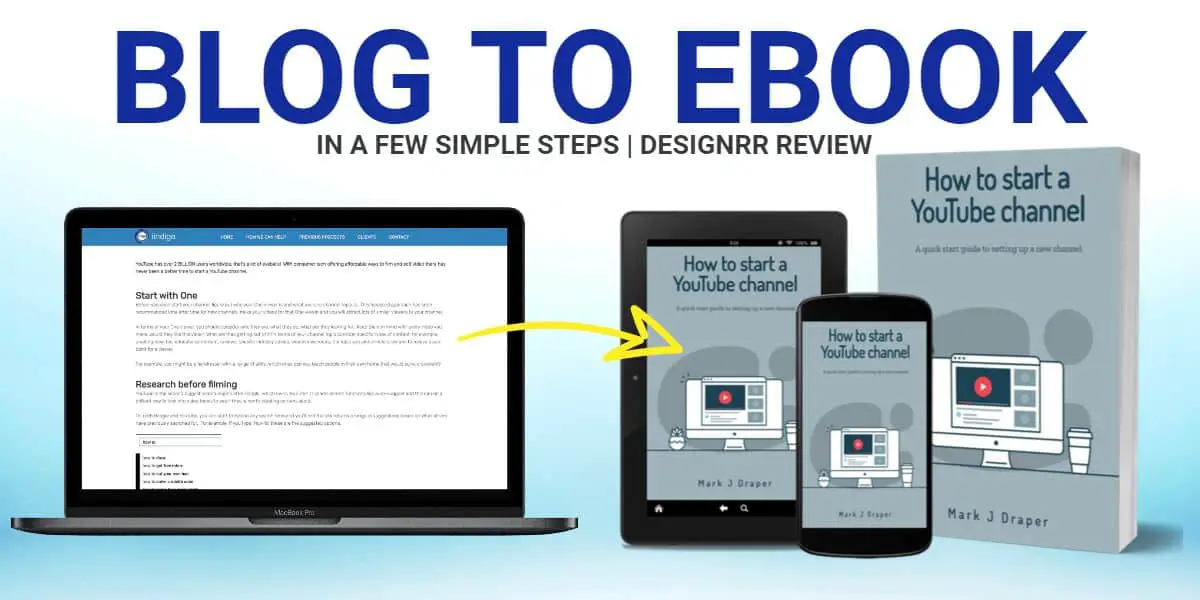One of history’s largest data breaches has exposed 16 billion login records across thirty databases, including Apple, Google, and Facebook credentials. This unprecedented leak contains current login information collected by infostealer malware that silently harvests data from infected devices. You’re facing increased risks of account takeovers, identity theft, and targeted phishing attacks. Cybersecurity experts strongly recommend enabling two-factor authentication to protect your accounts. Further investigation reveals how this breach affects both personal and enterprise security systems.

A massive data breach has exposed 16 billion login records across thirty databases, creating one of the largest credential leaks in history. This unprecedented breach affects users of major technology platforms including Apple, Google, Facebook, and many others. The exposed information contains login details, passwords, and URLs for numerous online services.
The compromised data isn’t merely limited to social media accounts. Your credentials for corporate services, government platforms, VPN providers, developer portals, and file storage services may also be at risk.
What’s particularly concerning is that most of these records contain current credentials rather than recycled data from previous breaches. Security researchers believe this information was collected primarily through infostealers, a type of malware that secretly harvests sensitive data from infected devices. These malicious programs silently collect your login information and send it to remote servers controlled by attackers.
The scale of this breach is staggering. Of the thirty databases discovered, twenty-nine hadn’t been publicly reported before, indicating the vast scope of previously unknown data exposure. Some databases contain millions of records, while others hold billions.
You’re now facing increased risks of account takeovers, identity theft, and targeted phishing campaigns. New datasets continue to emerge every few weeks, adding to the mountain of compromised credentials available to cybercriminals. Cybercriminals can use these credentials to attempt automated, large-scale attacks across multiple platforms simultaneously.
The exposure of VPN and developer portal credentials creates additional security concerns. Experts strongly recommend enabling two-factor authentication as a critical defensive measure against unauthorized access attempts. Neither are individual users at risk, but entire business networks and software development ecosystems could be compromised through these stolen credentials.
The variety of affected services spans multiple sectors, revealing a systemic vulnerability to infostealer malware. Both personal and enterprise accounts have been compromised in this breach.
What makes this leak particularly dangerous is how well-structured the data appears to be. Attackers can easily identify which credentials work for specific services, making it simple to exploit the information for unauthorized access to your accounts across various platforms.
Frequently Asked Questions
How Can I Check if My Data Was Compromised?
You can check if your data was compromised by using trusted online breach checkers like Have I Been Pwned, F-Secure Identity Theft Checker, or Norton’s data breach tool.
Enter your primary email address into these services to scan against known breaches. Review any reported compromises to identify what personal information was exposed.
For thorough verification, cross-check multiple databases since each covers different breaches.
After checking, enable two-factor authentication on your accounts for added security.
What Specific Personal Information Was Leaked From Each Company?
The leaked data primarily consisted of login credentials (usernames and passwords) for all affected companies.
For Apple, Google, and Facebook, billions of account login details were exposed.
No extensive personal profile information was explicitly confirmed in the breach, but these credentials could grant attackers access to your private data stored within these accounts.
The leak also included Telegram login data with associated phone numbers and authentication tokens.
Who Was Responsible for This Massive Data Breach?
The massive data breach was perpetrated by various cybercriminal groups using infostealer malware.
You should know that these threat actors infiltrated users’ devices to silently extract stored passwords, cookies, and login details without detection.
No specific hacker group has been publicly identified as solely responsible.
The unprecedented scale suggests involvement of multiple criminal operations working globally, possibly sharing or selling data through underground marketplaces.
Investigations are still ongoing to identify the specific perpetrators.
Have Affected Companies Implemented New Security Measures Since the Leak?
Yes, affected companies have implemented new security measures since the leak.
You’ll notice they’ve improved multifactor authentication systems and promoted their adoption more aggressively. They’ve also strengthened password management practices, encouraging users to change compromised credentials immediately.
Companies have tightened cloud infrastructure configurations, particularly for Elasticsearch and object storage services.
They’re conducting more rigorous audits of third-party systems and have upgraded monitoring protocols to detect unauthorized access more quickly.
Many are also collaborating with cybersecurity researchers for better threat detection.
Can I Take Legal Action if My Information Was Exposed?
You may have legal grounds to take action if your personal information was exposed in a data breach.
Your options include joining class action lawsuits or filing individual claims based on company negligence or violations of data protection laws.
Check if your state has breach notification laws that were violated.
The viability of your case depends on the sensitivity of exposed data and demonstrable harm or risk of future harm.
Consult with a privacy attorney to evaluate your specific situation and potential claims.





